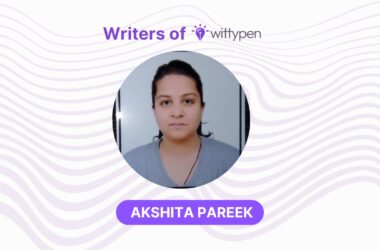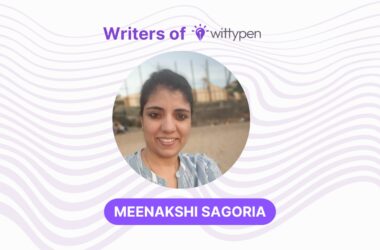Last updated on April 1st, 2020
Writing may not be everyone’s cup of tea, but with these simple hacks, it can be!
Your content should be valuable. It should answer the reader’s question in the simplest possible way. That can be done in different ways. Content comes in different styles, and a writer should be adept at writing different types of content.
Blogs – Blogs should be short, friendly and interactive. It should bring value to the reader in a quick read. Blogs are the most common type of content, and you need to make yours stand out from the rest.
PR Writing – The basic idea of PR writing is to convey a message, and the style can vary depending on where it is going to be published. For Social Media PR writing, the content should be casual, witty and inviting. It should try and generate a response from the reader. Other kinds of professional PR writing should focus more on formal language and a well-defined structure.
News – This should be short and concise. It is, in essence, a summary of a story or the events that took place. The reader should get the gist of what has happened in as fewer words as possible.
Whitepapers – These are detailed content pieces which should maintain professionalism and provide not just the analysis of a problem, but also a well-described solution to it.
Case Study – Case studies should provide in-depth knowledge of the topic. The research required is intense, and it should cover all the aspects of a scenario, and it should provide a deep understanding of the topic to the reader.
Ebooks – These are well-structured documents. Each chapter needs to cover an element of the topic that your readers should learn from the book. It could be anywhere between 3,000 words to a full-length book.
Learn 7 Simple rules which will help you with effective content writing!
1. Read, Read, Read!
To communicate effectively, one must first learn to listen. Reading is an opportunity to listen, to view things from a perspective different than ours. Not only does it play a significant role in the development of a writer’s skills, but also in his/her creative growth, since delving into somebody else’s imagination enhances one’s own.
2. Less is More
No beating around the bush, no superfluous stories. While attention to detail and vivid illustrations are welcome, redundancy is not. To keep the reader on his/her toes, a writer must make every word count. Short and sweet is the way to go!
3. Create a Connection
Strike a chord with your readers. Write something that the readers that can relate to, draw inspiration or extract knowledge from. Establishing a relationship with the reader not only makes the experience more enjoyable but also leaves an indelible impression on the reader’s mind.
4. Paint a Picture
Play with the reader’s imagination. Give him/her an opportunity to visualize what is written in front of him/her. If the reader is able to create a picture in his/her mind, it helps him/her understand the content in a much better fashion and also, interact with it. So, exercise the power of imagination to the fullest!
5. A Touch of You
Own what you write. You are what makes your content different from others. Readers are always attracted to a fresh perspective, an original thought process or anything that screams individuality. Ensure what you write, has a part of you. So, pick up that pen (or keyboard) and write away to glory!
6. Tone of Writing
It is most likely that your content is being read individually. Hence, your content should be like a conversation and should directly address the user. This can be best done when you use active voice and not passive voice. Use simple words and do not overwhelm your readers with heavy jargon. This will instil confidence and establish a connection between you and the reader.
You also need to make sure that your content explains the topic in well structured manner. It should start with a crisp introduction, followed by the main body and should end with a concise conclusion. A well structured article showcases clarity of thought to the reader.
7. Proofreading
It is one of the most important rules and should not be overlooked. While proofreading, you must step into the shoes of a reader and be better suited to analyse the changes that are required to make your content better. Human errors are bound to happen, and a reader would be less interested in reading a blog and trusting that information if it has grammatical errors.
Effective content writing is not just about writing content. It’s more important to connect with your visitors and resolve their problems with your solution.
Here are some SEO blog tips for better content writing. WittyPen brings together writers and entrepreneurs to create credible content. A win-win platform for those who provide great content and those who desire it. Visit us at WittyPen.com Happy Reading!









